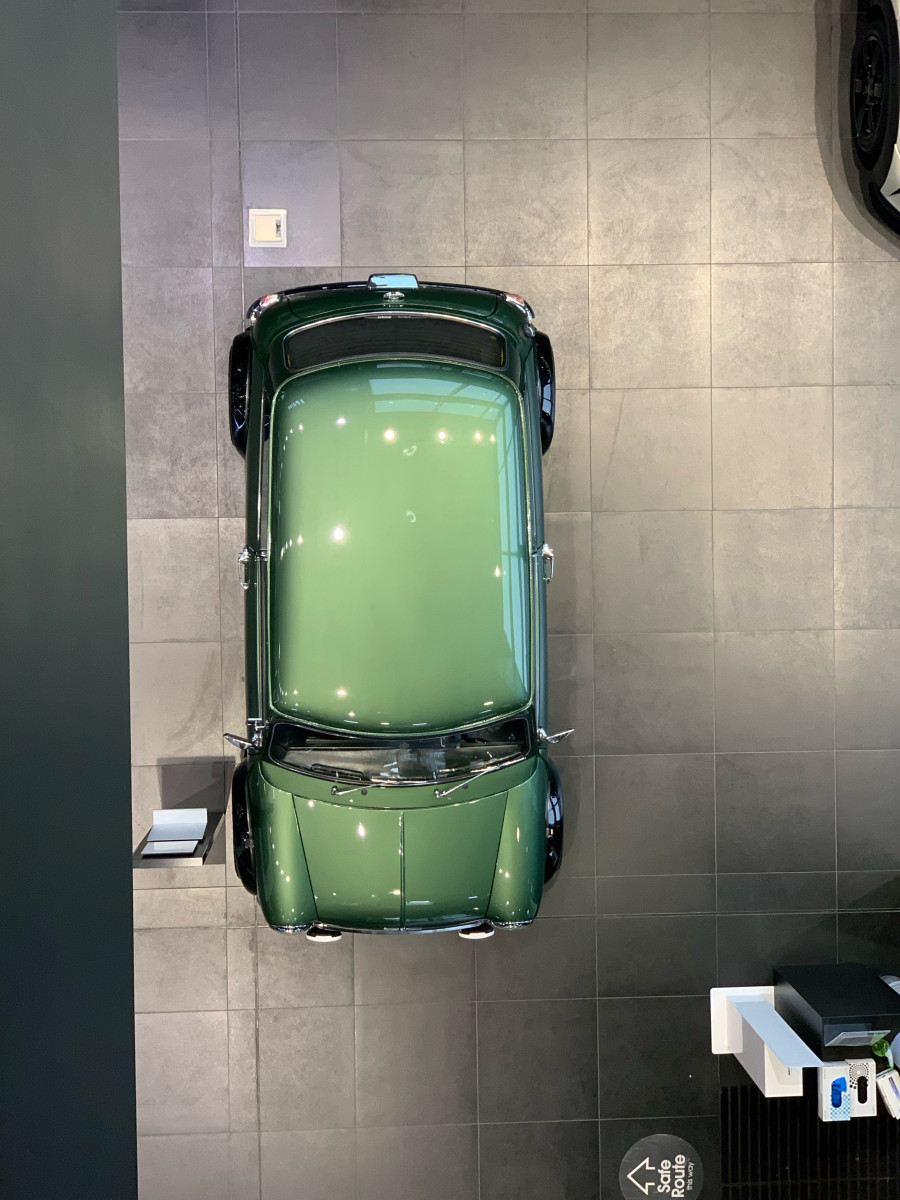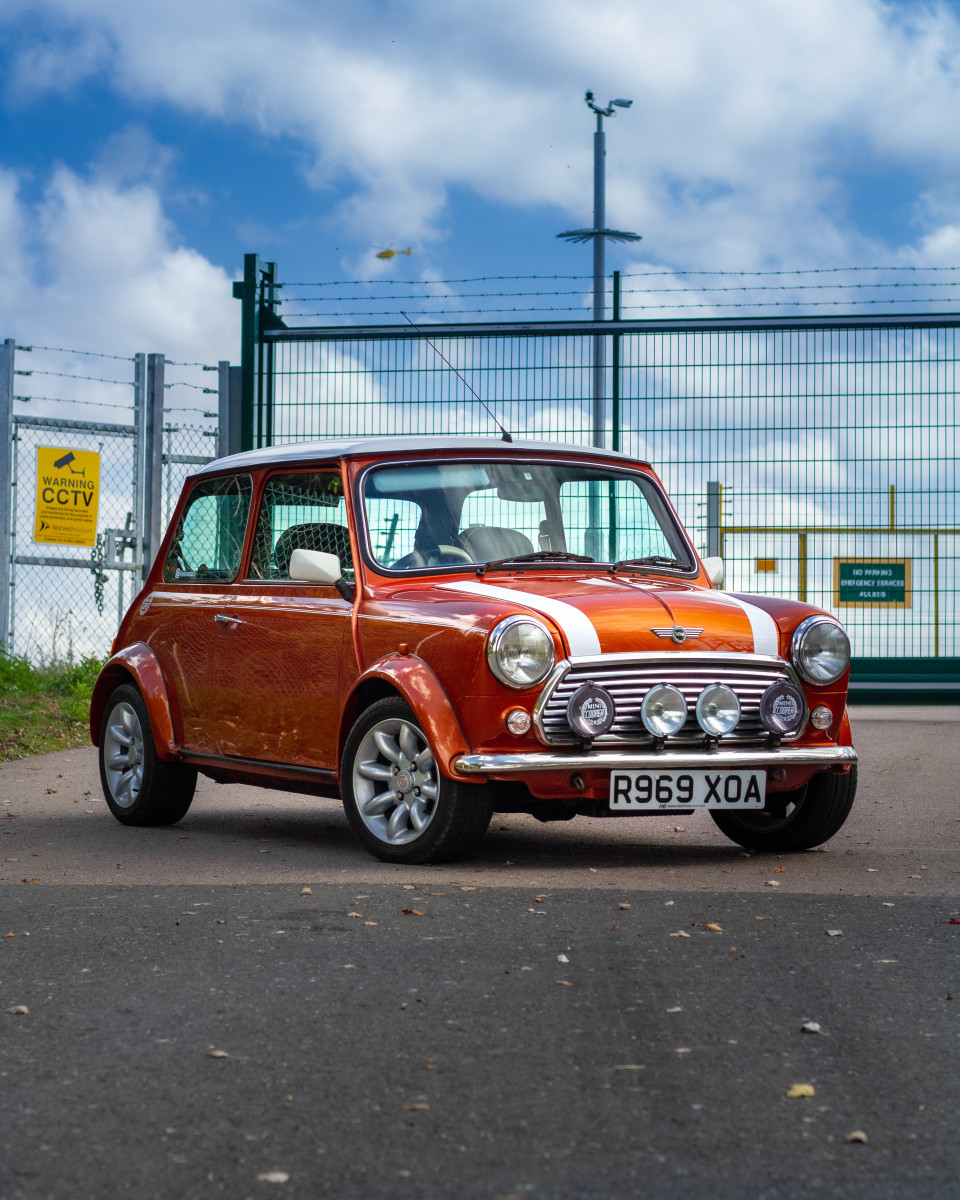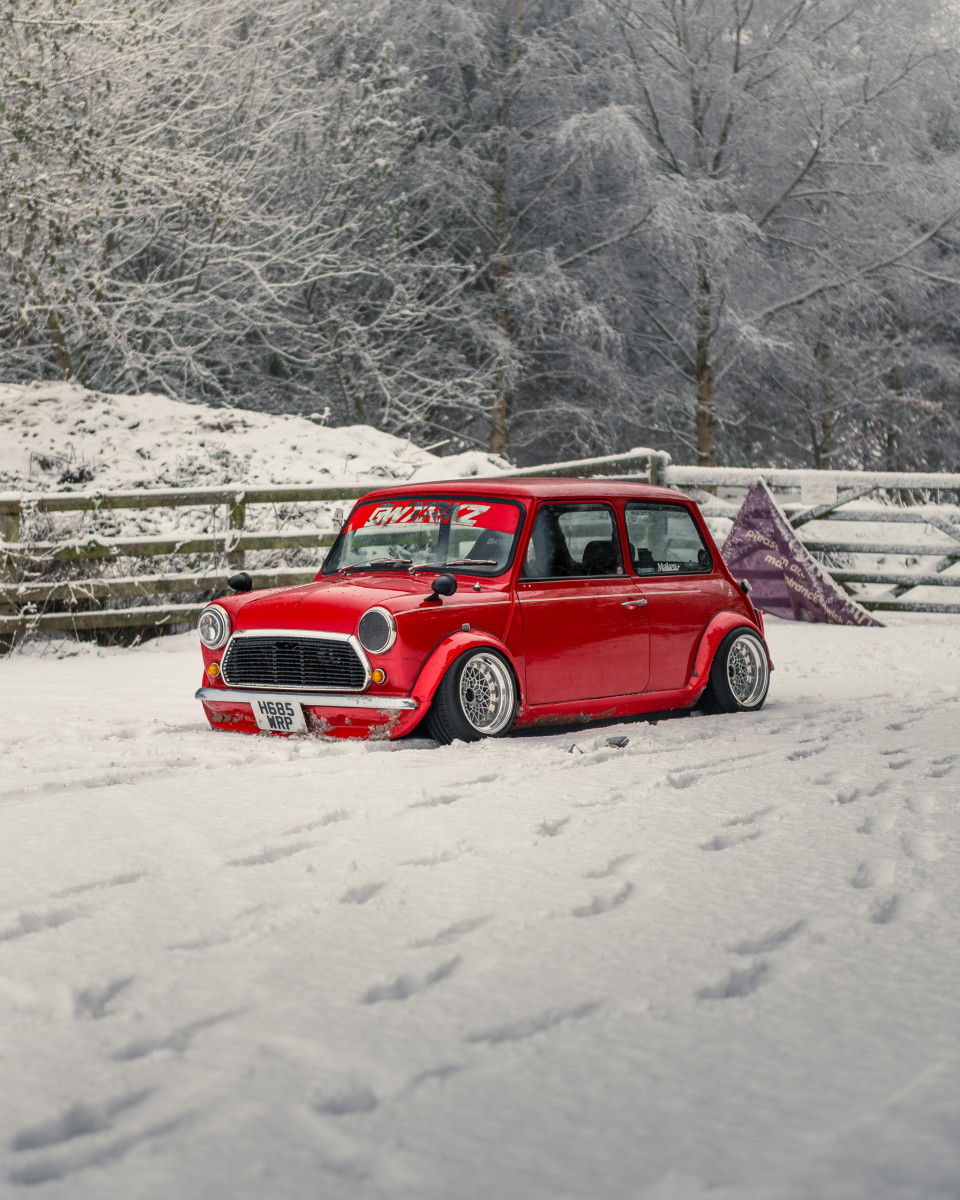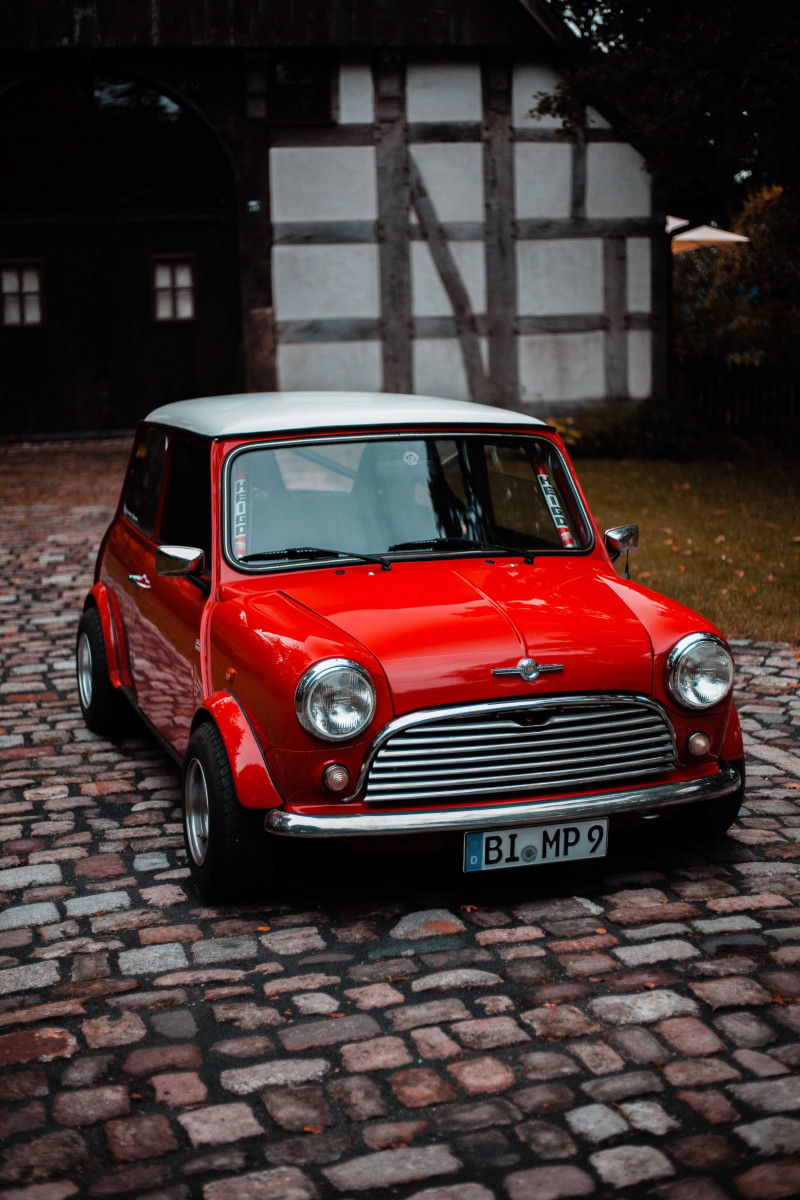Is the Classic Mini Still a Viable Daily Driver?
Few silhouettes stir the soul of a classic car enthusiast quite like the original Mini. Launched in 1959, it was nothing short of a revelation—a marvel of compact engineering, its transverse engine and front-wheel-drive layout set a precedent still followed by small cars today. But as we stride further into the 21st century, where technology, safety, and creature comforts define daily motoring, can the original Mini still hold its own as a practical, everyday companion?
A Design That Changed the Game
The Mini was conceived in response to the Suez Crisis and the subsequent fuel shortages, but it blossomed into something far greater. Sir Alec Issigonis’ creation became not just a car, but a cultural icon, equally at home in Carnaby Street as it was on a rally stage.

The charm of the original Mini lies in its unapologetic simplicity. Slide behind the large-diameter steering wheel, and you’re greeted by the most minimalist of dashboards—typically a single central speedometer, toggle switches, and not much else. There’s no mistaking this for anything built after the turn of the millennium. Yet therein lies its magic: unfiltered, analogue motoring.
Living With It Daily
Can the Mini meet the demands of modern life? The answer, with caveats, is yes.
For urban dwellers, the Mini is still a marvel. Its footprint is smaller than most city cars today, slipping effortlessly into parking spaces deemed "motorbike only" by modern standards. The visibility is excellent, the steering direct, and the turning circle tight enough to shame a black cab.

Performance, particularly in 998cc or Cooper variants, is more than sufficient for city use. Out of town, the Mini can tackle B-roads with zest, offering handling that is as crisp and eager as anything short of a Lotus. Long motorway journeys, however, are less comfortable. The short wheelbase, high revs at cruising speed, and general lack of soundproofing make for a noisy, fatiguing experience.
Reliability and Maintenance
Owning a Mini as a daily driver isn’t just a choice—it’s a relationship. These cars are remarkably straightforward to work on, and the parts network is second to none in the classic car world. That said, they require attention. Regular maintenance is essential, and rust remains a perennial threat, particularly in the floor pans, sills, subframes, and around the A-pillars.

The A-Series engine is robust when looked after, but cooling systems can be fussy, and electricals—especially on later models with more complex looms—have their quirks. A well-sorted Mini, however, can be reliable enough to use every day, and many owners do so with great success.
Comfort, or Lack Thereof
This is not a car for the pampered. Heating is minimal, air conditioning non-existent, and while the seats are charmingly thin and upright, long journeys will have you longing for lumbar support. But as with many classics, this rawness is part of the appeal. You're not isolated from the road—you’re intimately connected to it.

The Safety Question
It would be remiss not to mention safety. The Mini was designed in an era when crash testing involved little more than guesswork. There are no airbags, no crumple zones, and precious little between you and the outside world. For those using a Mini daily, this is perhaps the greatest compromise—a reality that must be weighed seriously.
Final Thoughts
Is the original Mini suitable as a daily driver in 2025? For some, absolutely. With careful maintenance, a bit of mechanical sympathy, and a touch of British stoicism, it remains not only usable but delightful. But it’s not for everyone. Those expecting modern comforts or passive safety will need to look elsewhere.

What the Mini offers is something increasingly rare in daily motoring: character. It turns every journey into an event, and every corner into a grin. In a world of quiet, competent, and forgettable hatchbacks, the Mini still makes you feel something—and perhaps that’s worth more than an extra cupholder or an armrest.

